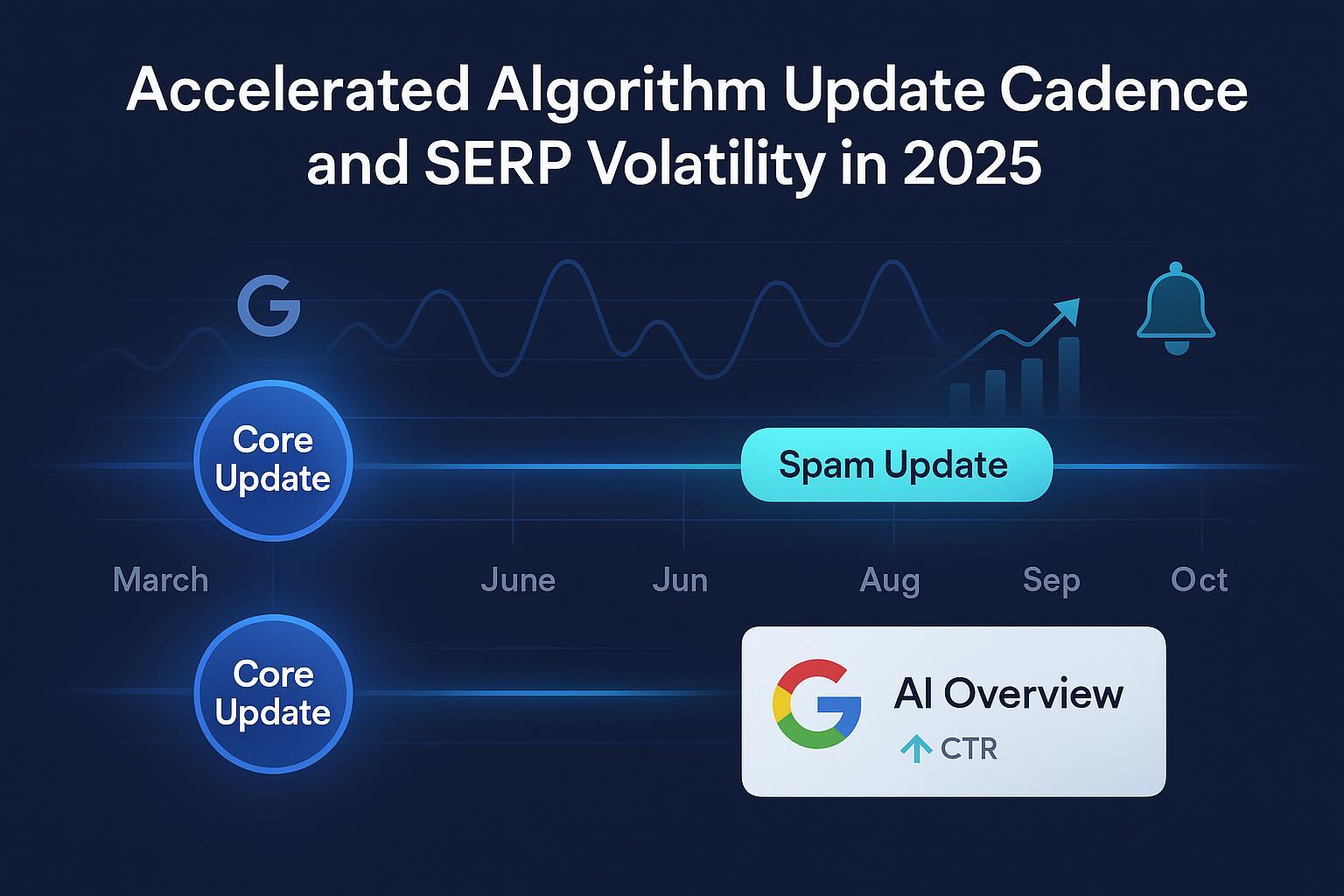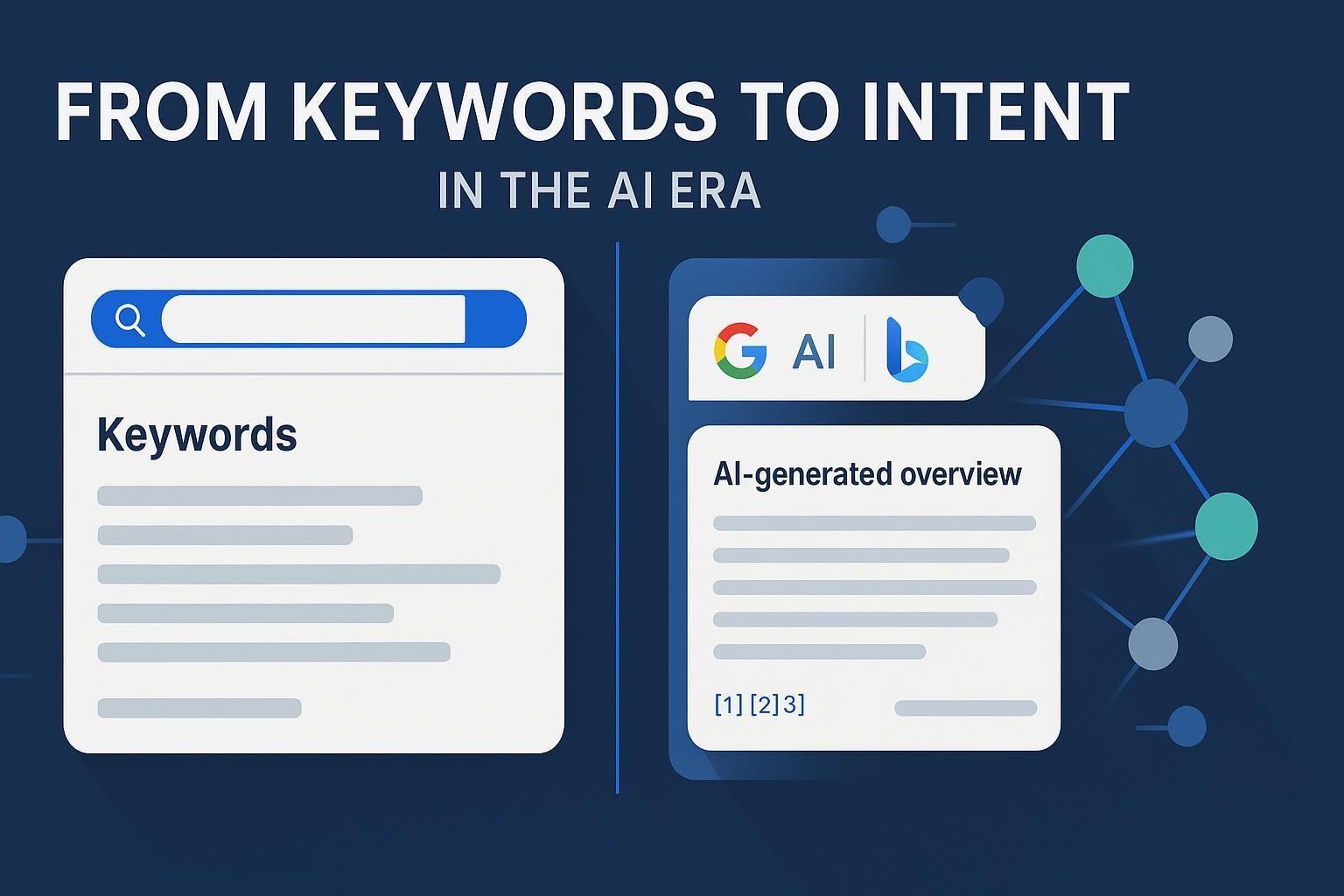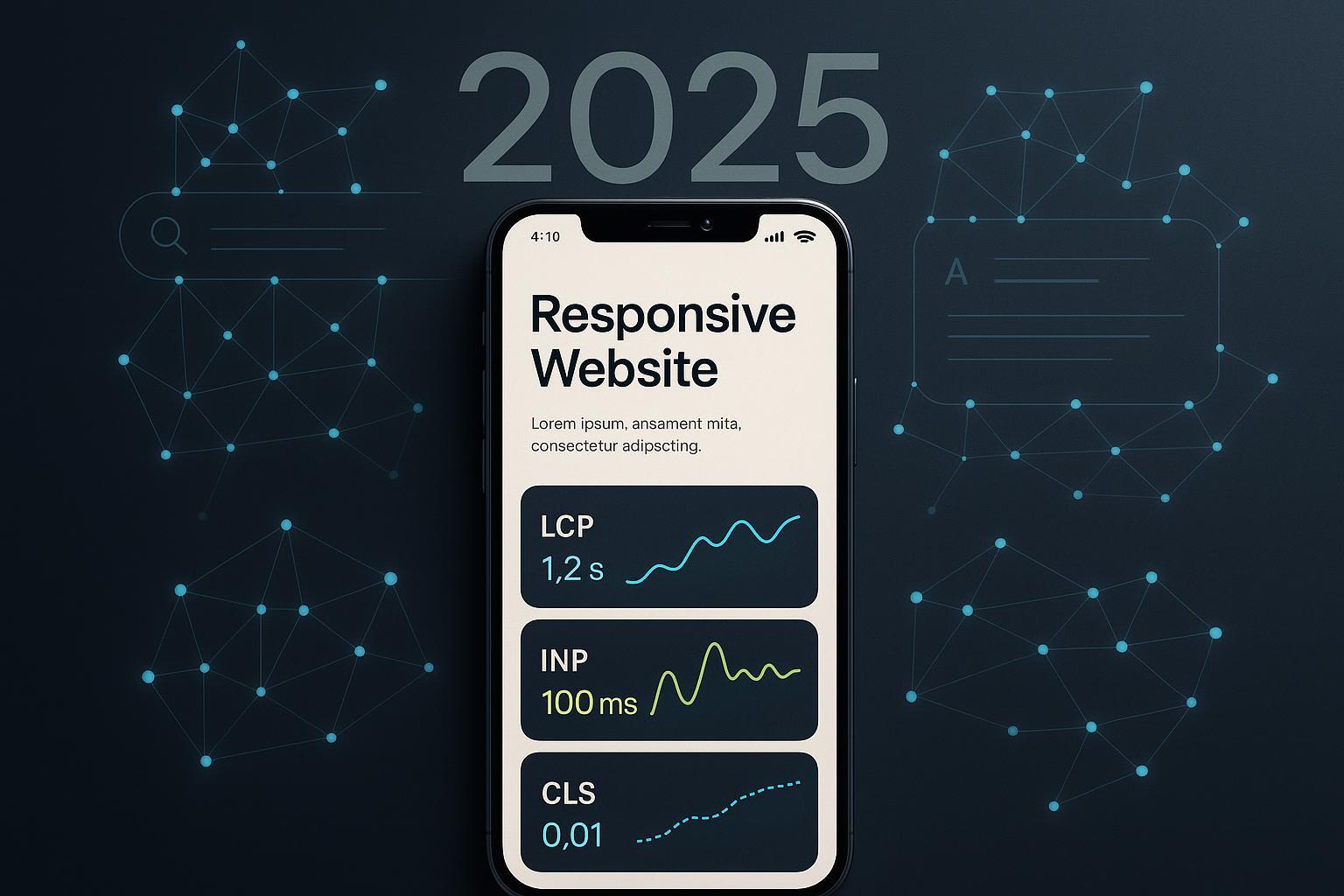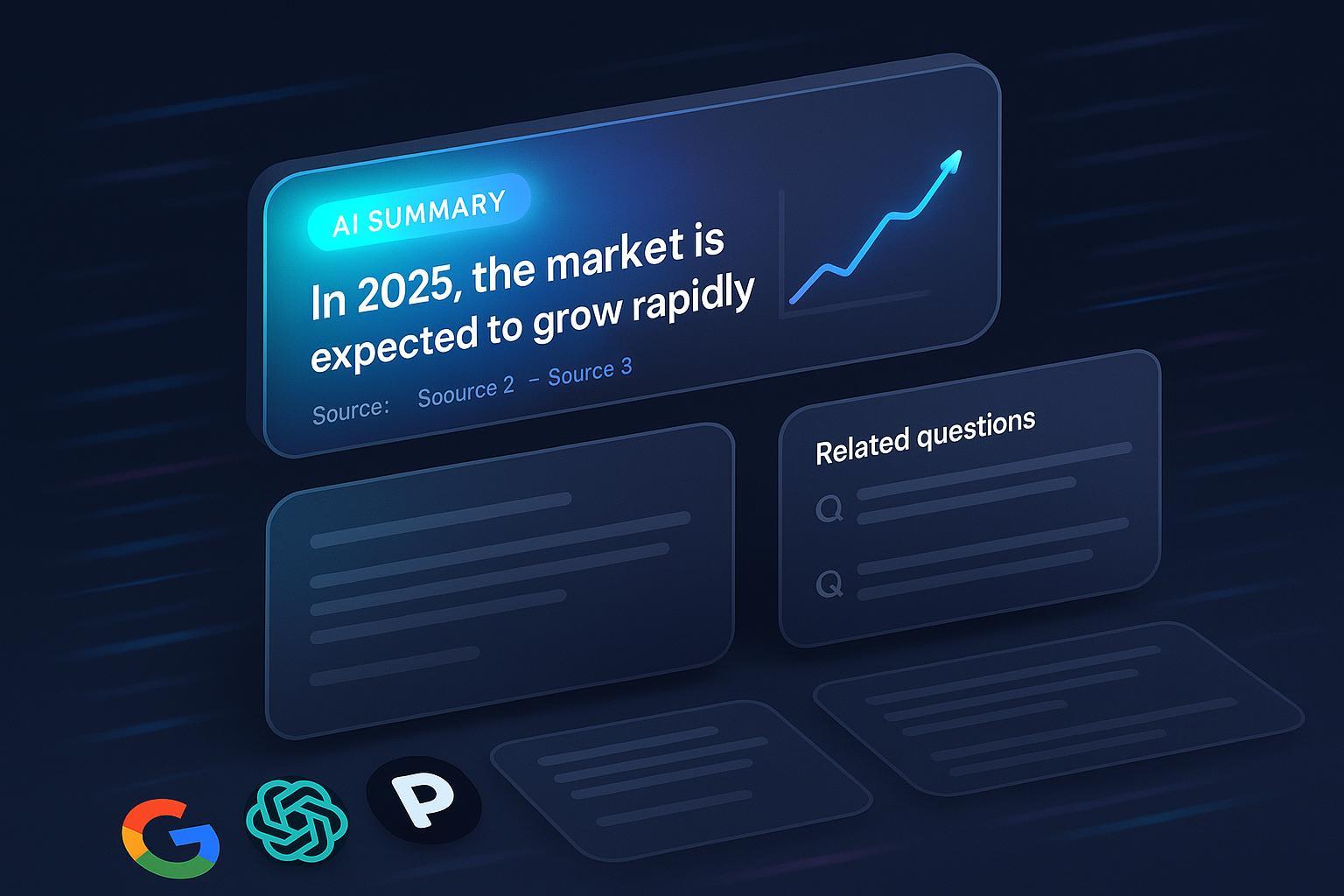What is Semantic Search? Definition, Key Principles & AI Optimization Applications
Discover what Semantic Search is, how it works, and why it matters for AI search optimization and brand visibility. Learn the core principles, key technologies (NLP, vector embeddings, knowledge graphs), and real-world applications in modern search engines and digital marketing. Ideal for marketers, SEO experts, and brands seeking to boost their presence in AI-driven search results.

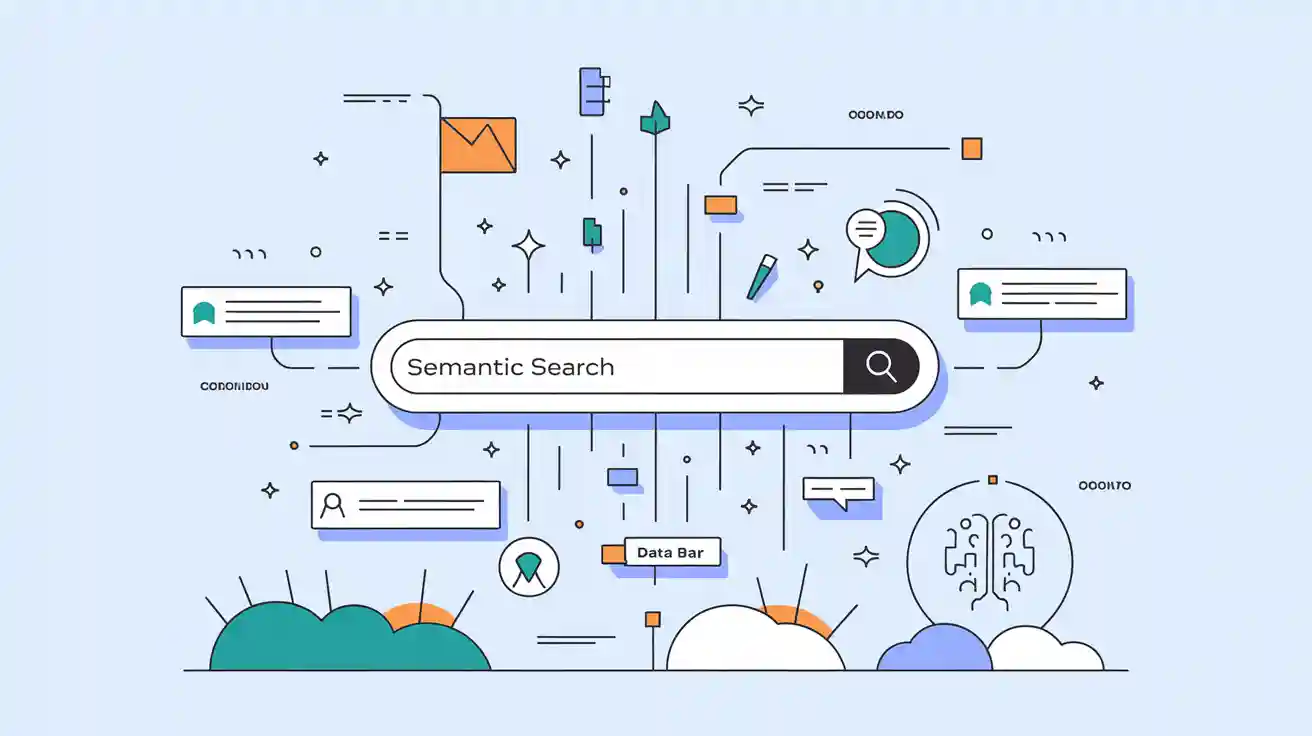
One-Sentence Definition
Semantic search is an advanced search technology that uses natural language processing (NLP) and machine learning to understand the intent and context behind a query, delivering results based on meaning rather than just matching keywords.
Detailed Explanation
Unlike traditional keyword search, which simply looks for exact word matches, semantic search interprets the relationships between words, phrases, and the overall context of a query. By leveraging NLP, machine learning, and knowledge graphs, semantic search systems can grasp synonyms, user intent, and even ambiguous language, providing more accurate and relevant results. This approach is essential for modern AI-powered search engines, recommendation systems, and digital assistants, as it bridges the gap between human language and machine understanding.
For example, if a user searches for "best running shoes for flat feet," a semantic search engine will understand the user's intent (finding suitable shoes for a specific foot type) and return relevant results, even if the exact phrase isn't present in the indexed content.
Key Components of Semantic Search
- Natural Language Processing (NLP): Enables the system to parse and understand human language, including syntax, semantics, and sentiment.
- Vector Embeddings: Converts words, sentences, or documents into high-dimensional vectors that capture semantic meaning. Similar concepts are placed closer together in this space.
- Knowledge Graphs: Structured databases that map relationships between entities (e.g., people, places, products), enriching context and disambiguating terms.
- Entity Recognition: Identifies and categorizes key entities within queries and documents, improving relevance and accuracy.
- Intent and Context Analysis: Determines the underlying purpose of a query and incorporates user-specific context, such as location or search history.
- Hybrid Search Models: Combines traditional keyword search with semantic techniques for optimal precision and recall.
Real-World Applications
Semantic search powers many of today’s most advanced digital experiences:
- AI Search Engines: Google, ChatGPT, and other AI-driven platforms use semantic search to interpret complex queries and deliver context-aware results (Zilliz, TechTarget).
- E-commerce: Helps users find products even when they use varied or conversational language.
- Enterprise Knowledge Management: Enables employees to retrieve relevant documents without knowing exact terminology.
- Customer Support: AI chatbots and help desks use semantic search to resolve queries more efficiently.
- Brand Visibility & SEO: Platforms like Geneo leverage semantic search to monitor and optimize brand presence across AI search engines (e.g., ChatGPT, Google AI Overview, Perplexity). By analyzing how brands appear in AI-generated answers and understanding the semantic relevance of content, Geneo helps businesses improve their rankings and visibility in both AI and organic search results.
Related Concepts
- Keyword Search: Matches queries to documents based on exact words or phrases. Fast and precise for simple queries but limited in understanding context or synonyms.
- Vector Search: Uses mathematical similarity in embedding space to find related content. Often a core component of semantic search.
- Contextual Search: Incorporates user context (location, history) to refine results.
- Entity Recognition: Identifies key entities in text, supporting deeper semantic understanding.
- Knowledge Graphs: Provide structured relationships between concepts, enhancing disambiguation and context.
For a deeper dive into the differences, see Semantic vs. Vector Search and Couchbase’s guide.
Ready to optimize your brand’s AI search visibility? Discover how Geneo can help you monitor, analyze, and improve your brand’s presence across leading AI search engines. Learn more at Geneo.app →


